
Following a failure in the stabilization system and then a period during which engineers were trying desperately solve the problem – the space telescope Kepler is now sadly considered a hopeless cause and will, therefore, be retired.
The problem first emerged in 2012 when the first so-called “reaction wheel” broke down. This reaction wheel is used to keep the telescope steady when looking towards the stars, a gyro of sorts. The problem then became even worse after losing another one of these wheels only three months ago.
A reaction wheel is a sort of “flywheel” used for attitude control and stabilization. They work via gyroscopic stabilization without using fuel for rockets or other reaction devices.
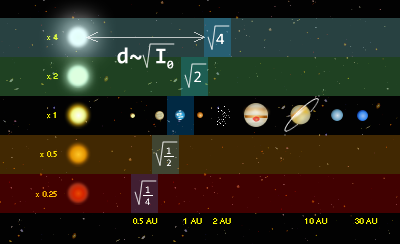
Exoplanet-Hunting
The Kepler telescope was specifically designed to find exoplanets with its primary mission objectives being to survey a portion of the Milky Way galaxy to find exoplanets in general, but Earth-size planets in particular.
Naturally, Earth-size planets are especially interesting. The scientists, therefore, are on the lookout for planets that orbits their host star near or within the so-called habitable zone (Goldilocks zone). With enough data on planets within this zone, this information would help to determine how many of the billions of stars in our galaxy that might have planets suitable for life as we know it.
It has yet found 135 confirmed planets beyond our Solar System, but the telescope has actually collected data of more than 3,500 candidate planets and this is data that certainly contains information on future planets to be confirmed within due course.
The space telescope was named after the Renaissance astronomer Johannes Kepler and was launched on March 7, 2009. It was first planned for a 3,5-year mission, which was later extended to 2016. But since its reaction wheels started failing the mission was ended short.
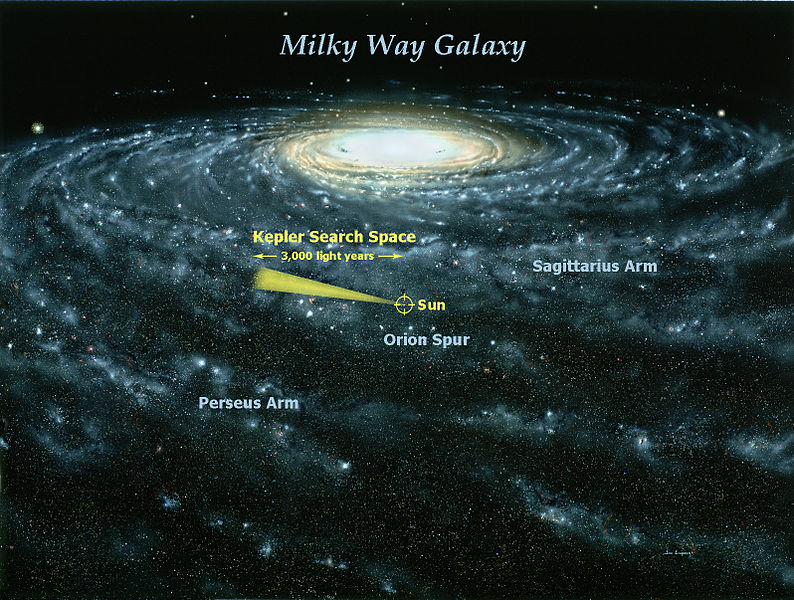
Just before it started breaking down, the space telescope had identified a number of “super-Earths” (very large planets) within the so-called habitable zones. But more planets will probably follow as more data is analyzed.
Transit photometry and The Future
The method of detection used by the Kepler telescope is looking for tiny dips in light of stars as planets pass in front of them, a method called Transit photometry. Since detection of so tiny object is very delicate, stability during the process is determinate, keeping the spacecraft absolutely still. And the spacecraft needs at least three spinning reaction wheels in operation, of its four wheels in total.
It has been suggested though that the telescope can still be used for other things in the future, such as looking for asteroids and comets. It remains to be seen if it will be approved, though.
NASA’s astrophysics director Paul Hertz, told reporters, “In this era of constrained resources for continued operations of any of our operations of any of our mission that has already completed their prime phases, NASA may use a senior review to help us prioritize a two-wheeled Kepler mission against the continued operations of other NASA astrophysics missions.”
With Kepler retired from its planet searching, other planet-hunting missions will be needed to replace it in the coming years if we are to continue the search for planets similar to Earth.
ESA will launch its Gaia observatory before the end of 2013. Its main goal is to map the positions of stars, but in doing so, it should be able to discover thousands of orbiting worlds in the process. Then, the James Webb Telescope will be launched in 2018. Webb is an infrared telescope with a large aperture, ideally suited for spectroscopy, it will be able to precisely measure what elements exoplanets consists of.
_______________
Kepler Mission Page/
______________________________

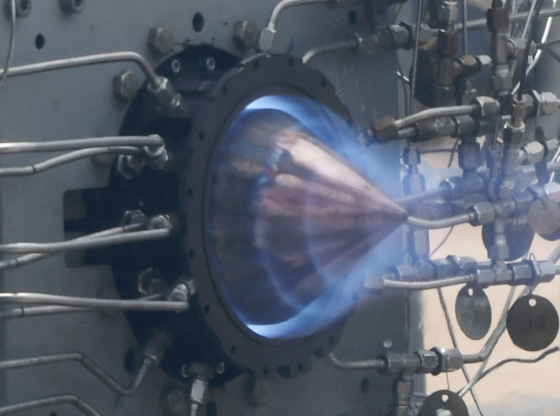
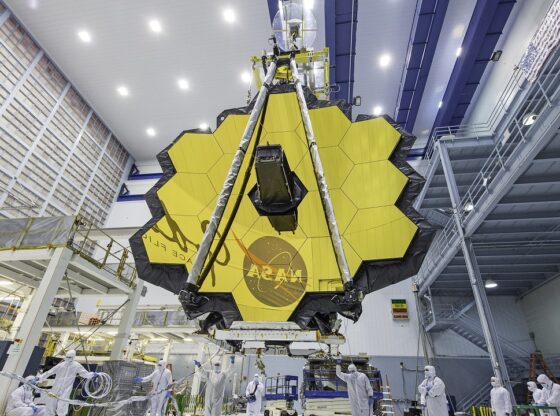
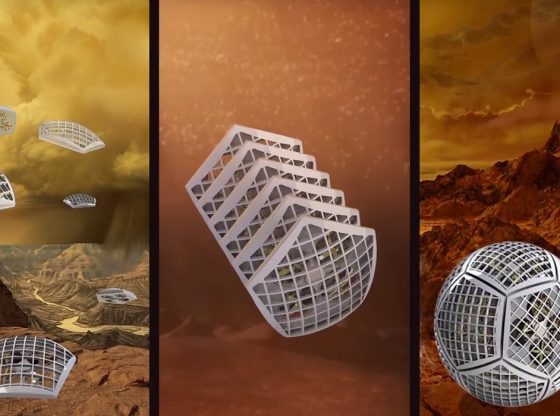
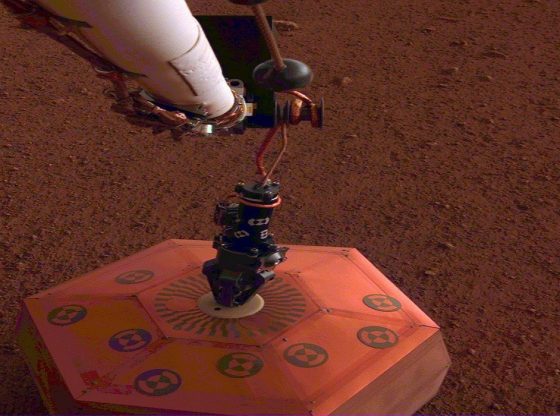
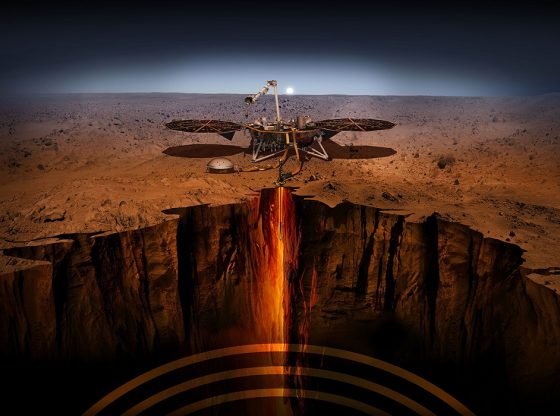
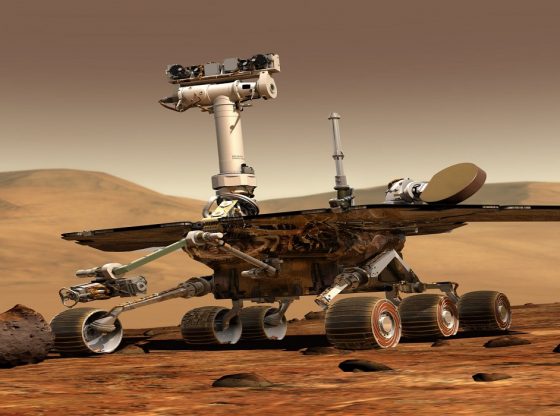
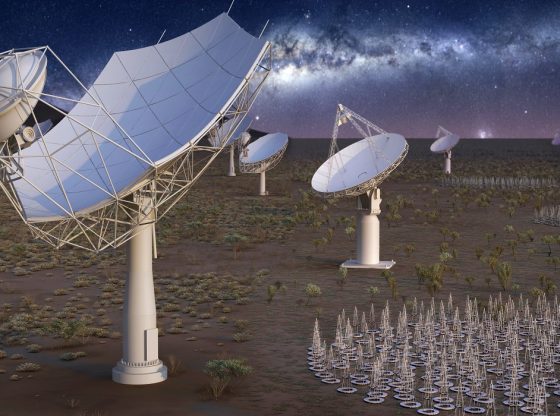
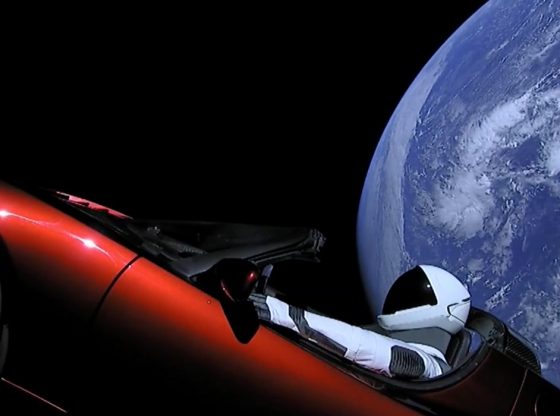

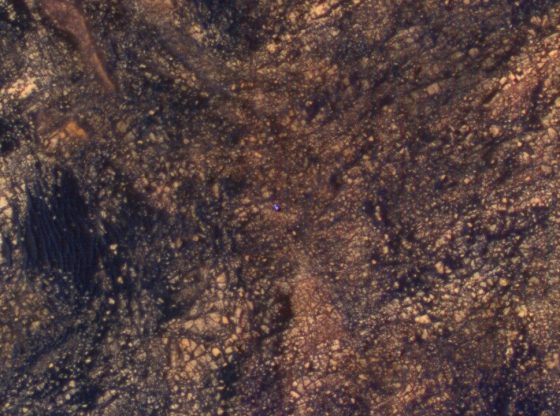
![OpenAI. (2025). ChatGPT [Large language model]. https://chatgpt.com](https://www.illustratedcuriosity.com/files/media/55136/b1b0b614-5b72-486c-901d-ff244549d67a-350x260.webp)
![OpenAI. (2025). ChatGPT [Large language model]. https://chatgpt.com](https://www.illustratedcuriosity.com/files/media/55124/79bc18fa-f616-4951-856f-cc724ad5d497-350x260.webp)
![OpenAI. (2025). ChatGPT [Large language model]. https://chatgpt.com](https://www.illustratedcuriosity.com/files/media/55099/2638a982-b4de-4913-8a1c-1479df352bf3-350x260.webp)








